As a health professional, I see the same pattern again and again: lower back pain doesn’t usually start with a dramatic injury—it creeps in through long sitting, poor ergonomics, deconditioning, and stress on the tissues that stabilize the lumbar spine. Product-based relief can play a meaningful role, but only when it’s chosen thoughtfully and used as part of a comprehensive plan that includes movement, ergonomics, and sleep hygiene.

Below is a clinician-curated, evidence-aligned guide to the best lower back pain relief products of 2025, with practical usage tips, safety notes, and where each tool fits in a sensible self-care strategy. Acute, subacute, and chronic low back pain often respond to conservative measures like superficial heat, ergonomics, and targeted activity, and the best outcomes come from matching the right product to the right problem while following clinical guidelines from reputable bodies such as the American College of Physicians (ACP) and MedlinePlus/NIH.
Note on safety: Any severe, persistent, or worsening pain—especially with red flags like fever, trauma, unexplained weight loss, neurological deficits, or bowel/bladder changes—warrants medical evaluation promptly. Many people can self-manage with noninvasive strategies; however, individualized diagnosis and rehabilitation planning are essential if symptoms don’t improve or if there’s identifiable pathology.
Instant Lower Back Pain Relief
This video shows an easy exercise that may give instant relief from lower back pain. This exercise only requires a chair and will focus on stretching the main muscles associated with lower back pain (including the hip flexors and the quadratus lumborum).
10 Best Lower Back Pain Relief Products
1) Lumbar Support Cushions
Best for: Office chairs, car seats, long sitting hours
Why they work: A properly shaped lumbar support helps maintain the lumbar lordosis (the natural inward curve of the lower spine), reducing shear and compressive loads on discs and easing muscular guarding during prolonged sitting. In practice, users need adjustability: a fixed “one-size” cushion rarely fits every torso, pelvis, and seat depth. Observational ergonomics research has found wide variability in preferred support height and depth across users, underscoring why adjustable supports are superior to fixed pads.
What to look for:
- Adjustable height/depth or straps to fine-tune position to the small of the back.
- Contoured, high-density foam or supportive elastomer that resists collapse during long sits.
- Breathable cover to manage heat and moisture.
Pro tip: Position the thickest part of the cushion at the level of the belt line or slightly above to reinforce neutral lumbar curvature; re-check after 10–15 minutes of sitting because posture often drifts and the support may need a micro-adjustment.
When to use: Any sitting longer than 30–45 minutes; combine with posture breaks and mini-movements.
Evidence note: While lumbar supports are widely recommended in ergonomic practice, the key is adjustability; studies show users prefer quite different settings, and those with back discomfort tend to bring the support more anterior for contact stability. Institutional ergonomics guidance supports adjustable lumbar features for better fit and spinal alignment in chairs.
2) Adjustable Standing Desks
Best for: Preventing pain from prolonged sitting
Why they work: Alternating postures distributes load and reduces time in flexed lumbar postures, which can aggravate symptoms in some individuals. Sit-stand variability promotes micromovements and reduces static tissue stress, a consistent theme in ergonomics research. While a desk alone isn’t a cure, cycle timing (not standing all day) is the secret.
What to look for:
- Smooth electric lift with stable frame to prevent wobble when typing at standing height.
- Sufficient vertical range to achieve 90–100° elbow angle in both sitting and standing.
- Option to save multiple height presets to encourage regular switching.
Pro tip: Alternate every 45–60 minutes and “grease the groove” with micro-breaks—calf raises, hip shifts, and gentle spinal extensions—rather than marathon standing bouts.
Evidence note: Systematic ergonomics reviews emphasize that furniture and workstation adjustability influence posture, pressure distribution, and movement variability—factors associated with comfort and potentially lower risk of sitting-related lower back symptoms.
3) Heat Therapy Wraps
Best for: Muscle relaxation and stiffness, especially in acute/subacute episodes.
Why they work: Superficial heat increases local tissue temperature, improves blood flow, and reduces muscle spasm, often decreasing pain sensitivity and improving mobility—benefits supported by randomized trials and systematic reviews for acute and subacute low back pain. Continuous low-level heat wraps can provide short-term pain and function gains and, in some trials, outperformed common over-the-counter analgesics over the first 48 hours.
What to look for:
- Even heat distribution and steady low-level output (e.g., chemical or electric heat wraps).
- Adjustable closure to contour to the lumbar region.
- Auto-off safety features for electric options.
How to use safely:
- Typical sessions: 15–20 minutes for standard heat pads; continuous low-level wraps can be used longer per product instructions, but check skin frequently.
- Avoid with open wounds, areas of reduced sensation, or immediately post-trauma unless advised by a clinician.
Evidence note: The Cochrane-style review by French et al. found moderate evidence that heat wrap therapy reduces pain and disability in acute/subacute low back pain; evidence for cold was limited and mixed. A 2021 review reported continuous low-level heat wraps improved pain and flexibility and, in one trial, exceeded analgesic comparators in early pain relief. MedlinePlus also endorses heat after the initial 48–72 hours for many acute strains.
4) Cold Gel Packs
Best for: Pain with recent injury or inflammatory flare
Why they work: Cold reduces nerve conduction velocity and may decrease nociceptor activity and superficial tissue swelling, which can be soothing in acutely irritated tissues. Many clinical resources recommend ice in the first 48–72 hours after acute muscle strain before transitioning to heat, although robust back-specific evidence is less consistent than for heat.
What to look for:
- A reusable gel pack that remains flexible when frozen for better contouring to the lumbar curve.
- A cloth sleeve or thin towel to avoid skin injury.
How to use safely:
- Apply for 10–15 minutes per bout with a barrier; allow skin to re-warm between applications.
- Do not apply to areas of poor circulation or impaired sensation.
Evidence note: Systematic evidence for cold in low back pain is limited and conflicting, while heat has more consistent short-term benefit; nonetheless, cold remains a reasonable option for acute symptom modulation and is widely recommended in general musculoskeletal first-aid guidance.
5) Ergonomic Office Chairs
Best for: Full-time desk work where posture support, adjustability, and movement are essential
Why they work: A chair that supports the lumbar curve, allows seat pan depth adjustment, and positions armrests to reduce shoulder/trunk strain can lower perceived discomfort and facilitate micromovements that may help mitigate sitting-related low back symptoms. Proper armrest setup can increase minor postural adjustments over time, which may benefit lumbar comfort during prolonged tasks.
What to look for:
- Adjustable lumbar height and depth; backrest tilt with tension control.
- Seat pan depth adjustment to keep 2–3 finger widths behind knees.
- 4D armrests to support forearms without elevating shoulders.
Fitting tips:
- Hips slightly above knees; feet flat or on a footrest.
- Lumbar contact at the small of the back; armrests just under forearms without shrugging.
Evidence note: Academic and institutional ergonomic guidance consistently highlights adjustable lumbar and armrest features to maintain spinal curves and encourage micro-movements; research suggests armrest adjustments can increase micromotion that may be helpful for back comfort during sedentary tasks.
6) Back Braces
Best for: Short-term support during acute flare-ups or specific tasks that aggravate symptoms
Why they work: External support can limit painful ranges and remind the trunk to maintain neutral posture during recovery, reducing mechanical strain in the short term. However, over-reliance risks deconditioning and dependence.
What to look for:
- Breathable fabric, adjustable compression, and a snug but not restrictive fit.
- Easy on/off design to use only when needed.
How to use:
- Wear for specific tasks or brief periods; prioritize core activation, walking, and gentle mobility over continuous bracing.
- Plan a weaning strategy as symptoms settle to avoid weakening supportive musculature.
Evidence note: Noninvasive guidelines emphasize active strategies first; braces may be adjuncts, not primary treatments, and should be time-limited, particularly in non-specific low back pain without instability.
7) Foam Rollers
Best for: Myofascial release of paraspinals, gluteals, and hip rotators that can contribute to lumbar tension
Why they work: Self-myofascial techniques improve local blood flow and decrease perceived muscle stiffness, often improving movement comfort. For low back pain, focus on adjacent tissues (glutes, thoracolumbar fascia, hip flexors) rather than rolling directly on the lumbar vertebrae.
What to look for:
- Medium firmness and moderate texture; excessively hard rollers can provoke guarding.
- Long (36-inch) roller for versatility with thoracic mobility.
How to use:
- Roll slowly for 30–60 seconds per sensitive area; keep breathing and avoid numbness or sharp pain.
- Pair with mobility drills (hip flexor stretches) for lasting benefit.
Evidence note: While direct evidence on foam rolling for low back pain is evolving, clinical guidelines favor nonpharmacologic approaches, including exercise and manual therapies; self-administered myofascial techniques can be a practical adjunct within such programs.
8) Massage Guns (Percussive Therapy Devices)
Best for: Deep muscle relaxation in paraspinals, glutes, hamstrings, and hip rotators
Why they work: Percussive therapy can decrease the sensation of muscle tightness and improve short-term range, indirectly offloading lumbar tissues by addressing tight kinetic chain segments. Apply primarily to the surrounding musculature; avoid direct pressure over the spine.
What to look for:
- Variable speeds, softer head attachments for sensitive regions, and quiet operation.
- Ergonomic handle for self-application without awkward trunk twisting.
How to use:
- 30–120 seconds per muscle group; stop if symptoms worsen.
- Use pre- and post-light stretching or walking to consolidate gains.
Evidence note: Percussive therapy is part of the broader noninvasive toolbox for symptom modulation; prioritize active strategies and posture/ movement changes alongside this modality in line with conservative care guidance.
9) Orthopedic Mattresses
Best for: Night-time pain and morning stiffness linked to poor spinal support
Why they work: A supportive, medium-firm surface tends to preserve spinal alignment and reduce nocturnal sagging that can irritate facet joints and discs. Many find pressure relief zones helpful when side-sleeping to keep the spine neutral.
What to look for:
- Medium-firm feel with zoned support and adequate edge reinforcement.
- Cooling materials if heat sensitivity disrupts sleep.
Pro tip:
- Replace mattresses about every 7–10 years or sooner if impressions form; pair with a pillow that keeps the neck neutral to avoid compensatory lumbar extension/flexion.
Evidence note: Sleep quality, comfort, and neutral alignment are practical goals aligned with multifaceted low back pain management; clinical guidelines consistently highlight sleep and activity regularity as part of care, even if mattress trials vary in design and outcomes.
10) Yoga Mats (for Stretching and Core Activation)
Best for: Gentle mobility and stabilization work at home
Why they work: Floor-based mobility and low-load isometrics can calm hypertonic tissues and re-engage stabilizers; movements like cat–cow, child’s pose, and gentle hip openers decrease stiffness and improve tolerance to daily activities. Noninvasive guidelines recommend exercise—tailored in intensity and type—for chronic and subacute low back pain.
What to look for:
- Non-slip surface with ≥6mm thickness for knee comfort.
- Sufficient length to accommodate supine core work.
Pro tip:
- Focus on hips and thoracic spine mobility while practicing abdominal bracing and glute activation; consistency trumps intensity.
Evidence note: Clinical practice guidelines support exercise, including strengthening and flexibility work, as a core part of chronic low back pain care; moderate-to-high intensity is appropriate for some chronic cases, progressed sensibly.
Expert Tips for Choosing the Right Lower Back Pain Relief Products
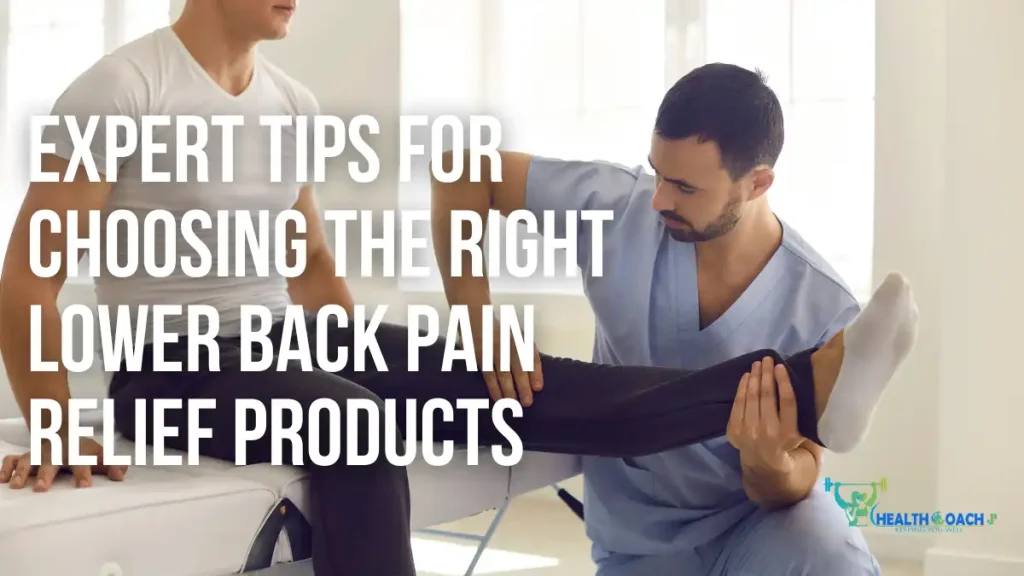
1. Identify the dominant driver
Is the pain posture-related (worse with sitting), movement-related (bending/extension), or post-injury? Choice of product follows the irritability pattern: ergonomics and sit-stand strategies for sitting-related pain; heat for muscle guarding; initial cold for acute strains; braces for brief task-specific support; and daily mobility for most situations.
2. Test before you invest
When feasible, trial cushions, chairs, and mattress firmness in person. Ergonomic research shows wide inter-individual variability in preferred lumbar support settings; a quick test often prevents a poor fit.
3. Combine tools with movement
Products support, but movement changes outcomes. Cycle sitting/standing, add short walks, and perform 5–10 minutes of mobility and isometrics daily—consistent with guideline-backed nonpharmacologic care.
4. Respect the time course
For acute strains: ice in the first 48–72 hours, then transition to heat; for subacute stiffness, heat often helps mobility; for chronic cases, prioritize exercise and ergonomics, with modalities as adjuncts.
5. Know when to seek care
Red flag symptoms, pain unresponsive to conservative care, or neurologic signs require prompt medical evaluation to rule out serious causes and tailor treatment.
Clinician-Approved Buying Checklist
- Lumbar cushion: Adjustable straps; contour matches lumbar curve; breathable cover.
- Ergonomic chair: Adjustable lumbar, seat depth, armrests, tilt tension, stable base.
- Standing desk: Electric lift; stable at standing height; programmable presets.
- Heat wrap: Even heat; safe materials; instructions for continuous low-level use.
- Cold pack: Flexible when frozen; protective sleeve; safe size for lumbar curve.
- Back brace: Adjustable compression; breathable fabric; easy don/doff for short use windows.
- Foam roller: Medium firmness; adequate length; use on hips/glutes/thoracolumbar fascia.
- Massage gun: Multiple heads; lower-intensity options; ergonomic handle.
- Mattress: Medium-firm; zoned support; trial period for fit and comfort.
- Yoga mat: Non-slip; ≥6mm cushioning; length to fit core/stability work.
Each product fits best when paired with evidence-backed behaviors: frequent posture changes, guided exercise progressions, and sleep regularity.
Quick-Start Home Routine (10–15 Minutes)
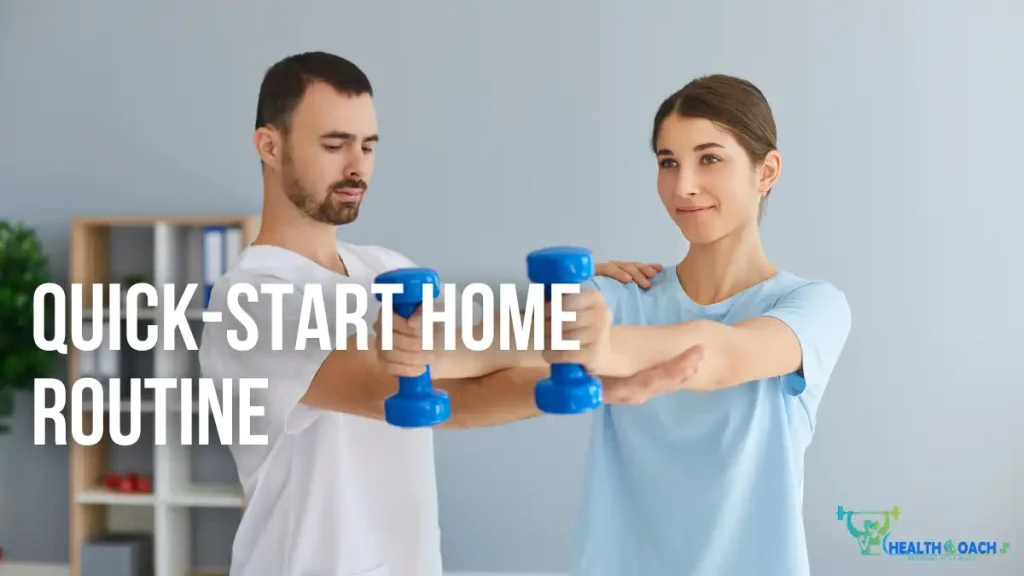
- Heat or cold (choose based on stage): 10–20 minutes following safety guidance.
- Mobility: Cat–cow x10; hip flexor stretch 30s/side; hamstring doorway stretch 30s/side.
- Activation: Abdominal bracing 5x10s; glute bridges 2×10; side-lying clamshells 2×10/side.
- Ergonomics: Adjust chair lumbar and armrests; set a 45–60-minute sit-stand timer.
- Walk: 5 minutes every 1–2 hours to promote circulation and reduce stiffness.
This routine aligns with noninvasive guideline recommendations for activity, superficial heat, and self-management education.
Evidence and Guidelines: What Clinicians Consider
- Superficial heat: Moderate evidence supports heat wraps for short-term pain and functional improvement in acute/subacute low back pain; one RCT showed greater short-term benefit than acetaminophen or ibuprofen.
- Cold therapy: Evidence is limited and mixed for low back pain; still reasonable for early acute management within standard first-aid timelines.
- Noninvasive care: ACP guidelines recommend non-drug therapies—superficial heat, massage, acupuncture, spinal manipulation—for acute/subacute LBP; for chronic LBP, emphasize exercise, multidisciplinary rehab, and mind-body approaches, reserving medications judiciously.
- Exercise intensity: Clinical practice guidelines suggest moderate-to-high-intensity exercise when appropriate for chronic low back pain without generalized pain, with graded exposure and functional goals.
- Ergonomics: Research underscores the role of workstation and furniture adjustability in posture, discomfort, and movement patterns; adjustability and user-specific fit are critical.
Product-by-Product Practical Playbook
- Lumbar Support Cushions
- Setup: Sit back fully; place cushion so its peak supports the lumbar lordosis; tighten straps to prevent slippage.
- Outcome to track: Ability to sit longer with less stiffness; decreased urge to slouch; fewer end-of-day aches.

- Adjustable Standing Desks
- Setup: Elbows at ~90–100°; screen at eye level; feet shoulder-width; alternate every 45–60 minutes.
- Outcome to track: Lower afternoon stiffness, improved focus.
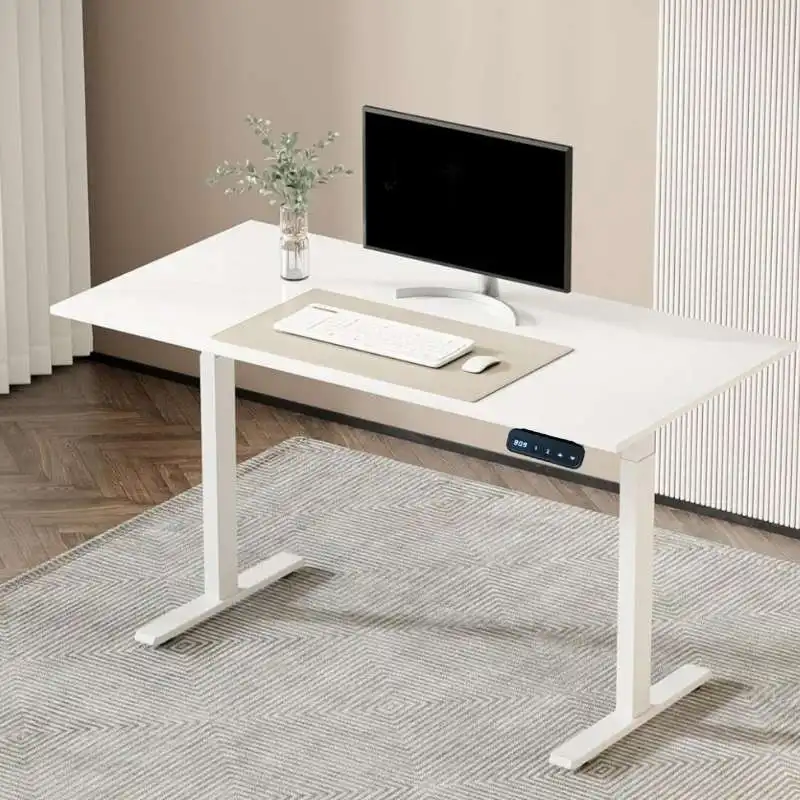
- Heat Therapy Wraps
- Setup: Follow device instructions; check skin every 15–20 minutes; avoid sleeping with high heat.
- Outcome to track: Easier forward bending, reduced morning stiffness.

- Cold Gel Packs
- Setup: 10–15 minutes with barrier; repeat every 2–3 hours initially if helpful.
- Outcome to track: Reduced throbbing/swelling sensation, better tolerance to movement.
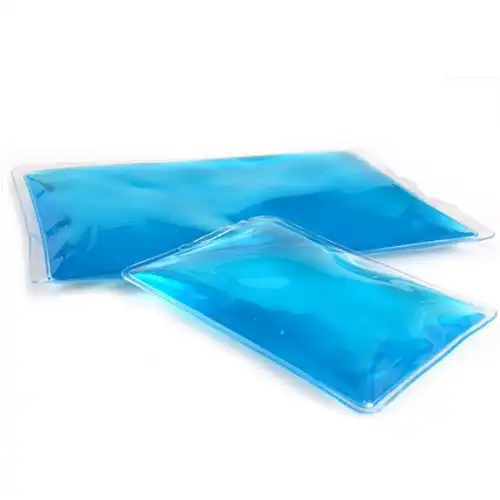
- Ergonomic Office Chairs
- Setup: Hips slightly above knees; lumbar contact maintained; armrests support without shrugging shoulders.
- Outcome to track: Lower cumulative discomfort scores by late afternoon; fewer micro-spasms in paraspinals.
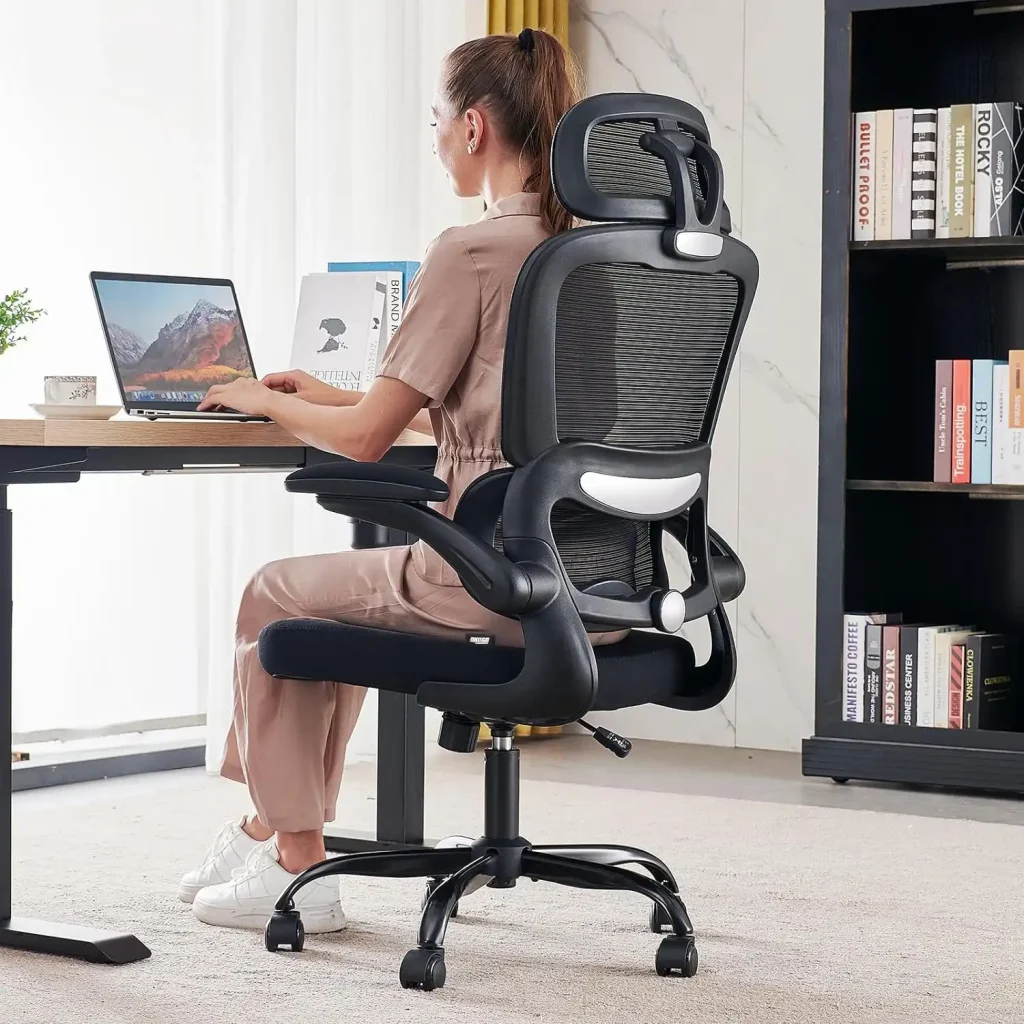
- Back Braces
- Setup: Wear during provoking tasks (e.g., lifting, prolonged standing) for brief periods; avoid full-day use.
- Outcome to track: Reduced pain during tasks; no loss of core endurance over time.
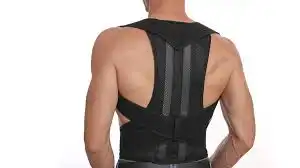
- Foam Rollers
- Setup: Target glutes, piriformis, thoracolumbar fascia; avoid direct bony lumbar pressure.
- Outcome to track: Improved hip rotation, easier sit-to-stand transitions.
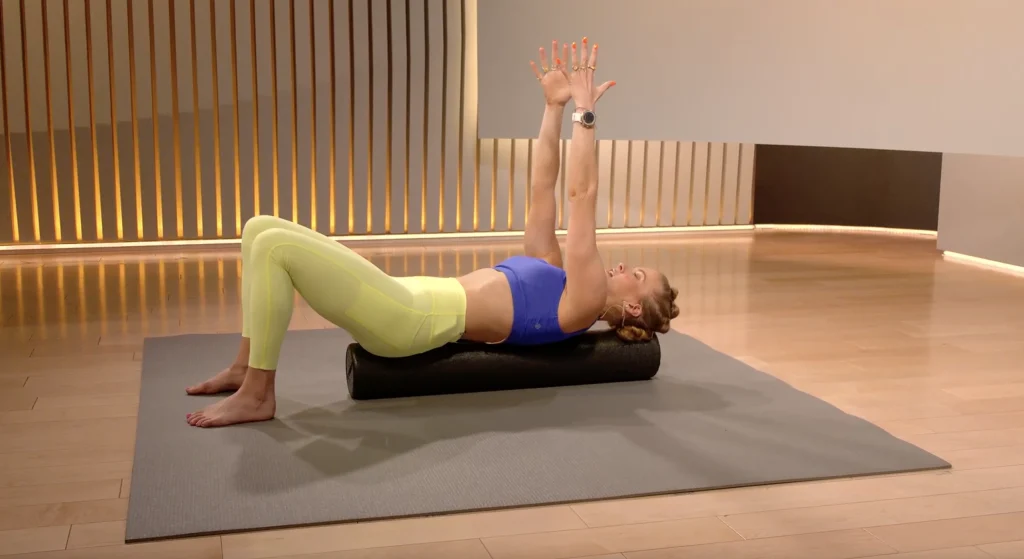
- Massage Guns
- Setup: Start low speed; use soft head; avoid direct spinous processes; 30–120 seconds per area.
- Outcome to track: Short-term relief of muscle tightness; improved walking tolerance.
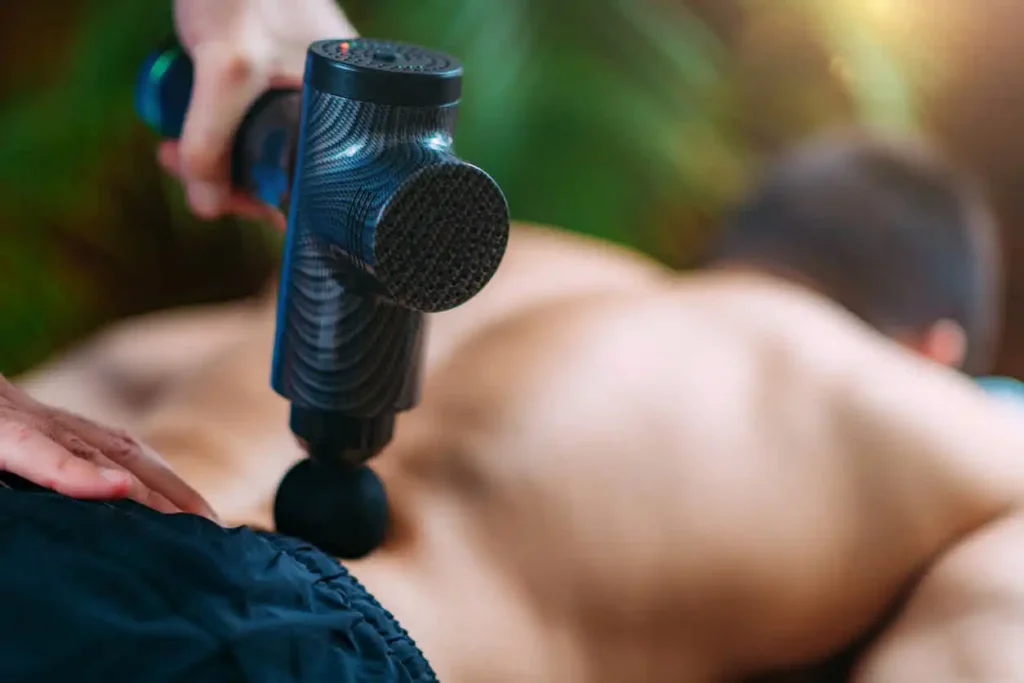
- Orthopedic Mattresses
- Setup: Trial period; pair with an appropriate pillow and side-sleeping knee pillow if needed.
- Outcome to track: Lower morning stiffness and fewer night awakenings.
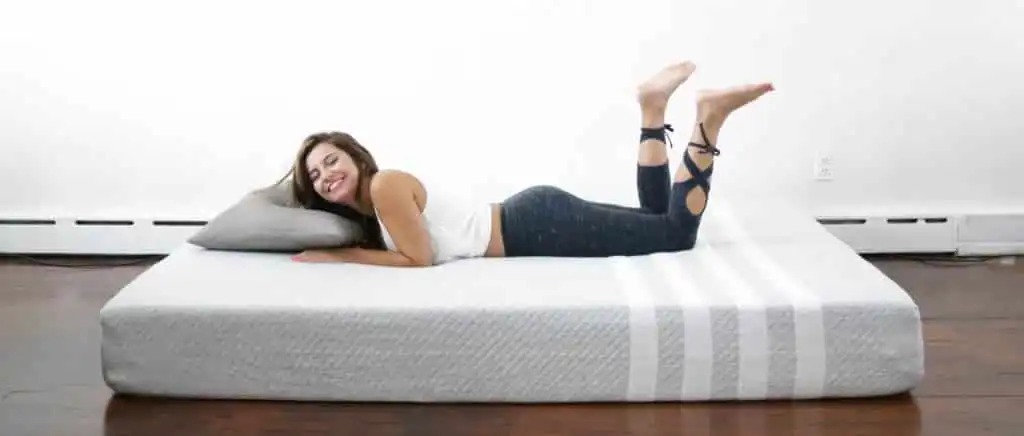
- Yoga Mats for Stretching
- Setup: Daily 10-minute routine; emphasize breath and gentle ranges.
- Outcome to track: Easier bending, improved tolerance to sitting and walking.

When to Seek Professional Care
- Severe or progressive neurological symptoms (leg weakness, numbness in a saddle distribution), new bowel/bladder problems, fever, night sweats, or unexplained weight loss.
- Pain persists beyond several weeks despite appropriate self-care.
- History of significant trauma or osteoporosis with sudden, severe pain.
In these situations, a medical evaluation can rule out specific pathology and guide imaging, pharmacologic care, or referral to physical therapy based on guideline-driven decision-making.

Clinician-Backed Action Plan for the Next 30 Days
Week 1–2
- Acute flare: Cold 10–15 minutes, 2–3x/day for 48–72 hours; transition to heat thereafter if stiffness predominates.
- Ergonomics: Install a lumbar cushion; set sit-stand intervals to 45–60 minutes; adjust chair armrests and lumbar support.
- Movement: 10 minutes/day mobility + basic activation (abdominal bracing, bridges).
- Metrics: Daily discomfort rating and end-of-day stiffness log.
Week 3–4
- Heat as needed pre-mobility; consider foam rolling glutes/hips.
- Progress walking volume; introduce light resistance work if tolerated (e.g., hip hinges with form focus).
- Mattress/ pillow audit if night pain persists.
- Reassess: If no improvement or worsening, consult a clinician following ACP/MedlinePlus guidance.
This staged plan adheres to noninvasive guideline priorities while integrating product support rationally.
Bottom Line
The best lower back pain relief products reduce tissue stress, promote healthy spinal alignment, and encourage movement—not immobilization. Start with adjustable ergonomics (lumbar cushion and chair), posture variability (standing desk), and simple modalities (heat after the first 48–72 hours, cold initially for acute strains), then layer in mobility and activation daily. Use braces sparingly, add myofascial tools judiciously, and optimize sleep surfaces for neutral alignment. If symptoms persist or red flags appear, seek a professional evaluation guided by established medical recommendations. This sensible, evidence-informed pathway helps most people feel and function better—without overcomplicating the essentials.
Frequently Asked Questions
No. They are adjuncts within a conservative care plan. Guidelines emphasize noninvasive strategies like activity, superficial heat, and exercise first, with individualized evaluation for persistent or complicated cases.
Heat wraps can provide short-term relief within days for acute/subacute low back pain, while posture aids and ergonomic changes may take 1–3 weeks as tissues adapt and habits stabilize.
Safe short term, but avoid full-day reliance to prevent core deconditioning; use during specific tasks and wean as symptoms improve in line with active recovery principles.
For acute injuries (first 48–72 hours), many health resources suggest ice first, then transition to heat; for subacute stiffness and chronic muscle guarding, heat often feels and tests better.
Neither exclusively; alternating postures and embedding micromovements throughout the day align best with ergonomics evidence.
References
- MedlinePlus (NIH): Clear, practical guidance on home care for acute low back pain, including timing of ice then heat.
- American College of Physicians: Evidence-based guideline prioritizing nonpharmacologic treatments like superficial heat, exercise, and manual therapies for low back pain.
- Clinical and systematic reviews on heat/cold: Moderate evidence for heat in acute/subacute low back pain; limited/mixed evidence for cold specifically in low back pain, yet reasonable for acute tissue irritation.
- Institutional ergonomics: University and safety offices detailing how to choose and set up ergonomic chairs and lumbar support for proper alignment.
These sources underpin the recommendations above and align with a conservative, safety-first approach suitable for most people without red flags.
